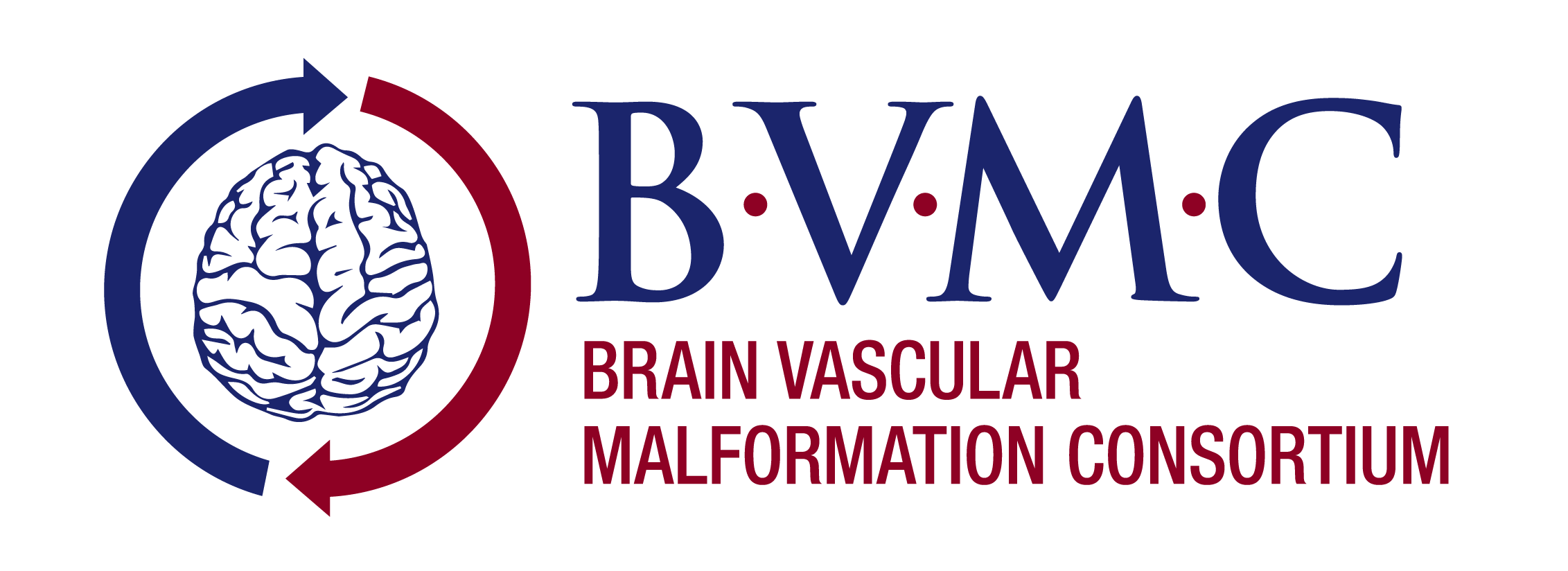Diseases Studied
Cerebral Cavernous Malformations (CCM)
Abnormally enlarged spaces in the brain where blood collects near irregularly shaped, enlarged capillaries (tiny blood vessels) which have abnormally thin walls prone to leaking. These abnormalities may be inherited or occur sporadically in individuals with no family history. Symptoms include headaches, seizures, paralysis, hearing or vision loss, and potentially fatal cerebral hemorrhaging (brain bleeds).
Learn More from the Brain Vascular Malformation Consortium Learn More from GARDHereditary Hemorrhagic Telangiectasia (HHT)
A disorder categorized into three types in which blood flows from high pressured arteries directly into low pressured veins (arteriovenous malformations) instead of going through capillaries which act as a pressure buffer. This leads to tissue irritation, frequent nosebleeds, and hemorrhaging (severe bleeding). Bleeds may occur in the brain, liver, lungs, and other organs. When bleeding occurs near the surface of the skin, visible red markings (telangiectasias) result.
Learn More from the Brain Vascular Malformation Consortium Learn More from GARDSturge-Weber Syndrome (SWS)
A condition resulting in abnormal blood vessel development in the brain, eyes, and skin at birth. Hallmark features are a port-wine birthmark (a red, pink, or purple facial birthmark), leptomeningeal angiomas (blood vessel abnormalities between the two tissue layers covering the brain and spinal cord), and glaucoma (increased eye pressure). Symptoms include migraines, seizures, vision problems, and hemiparesis (temporary one-sided muscle weakness).
Learn More from the Brain Vascular Malformation Consortium Learn More from GARD
